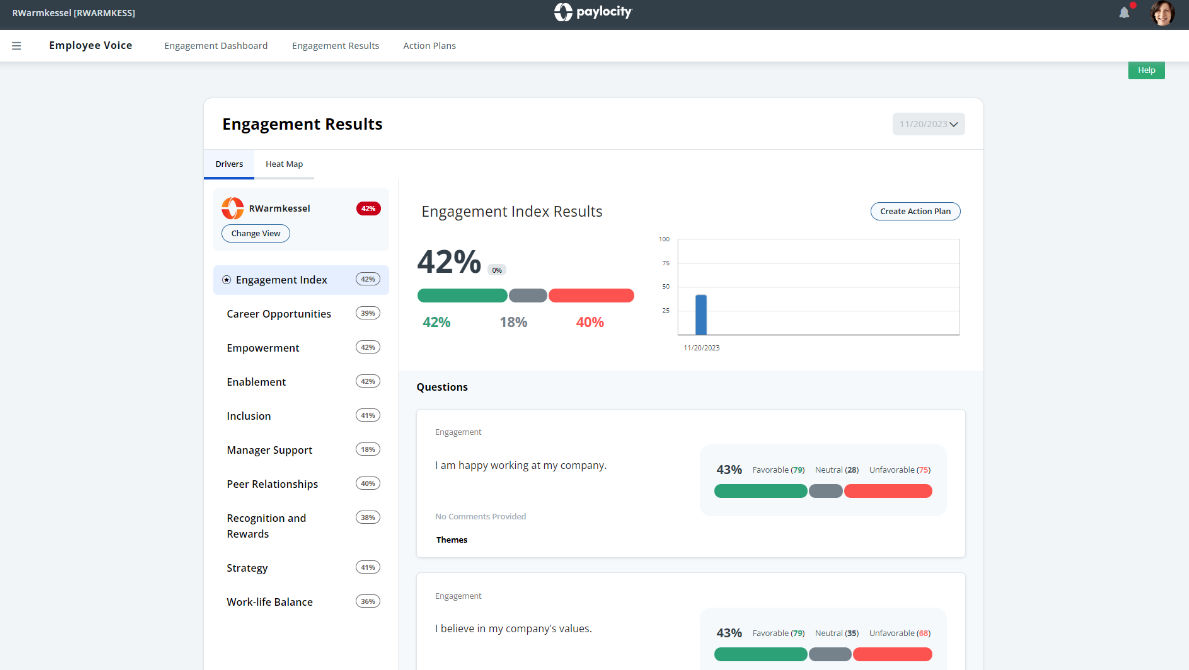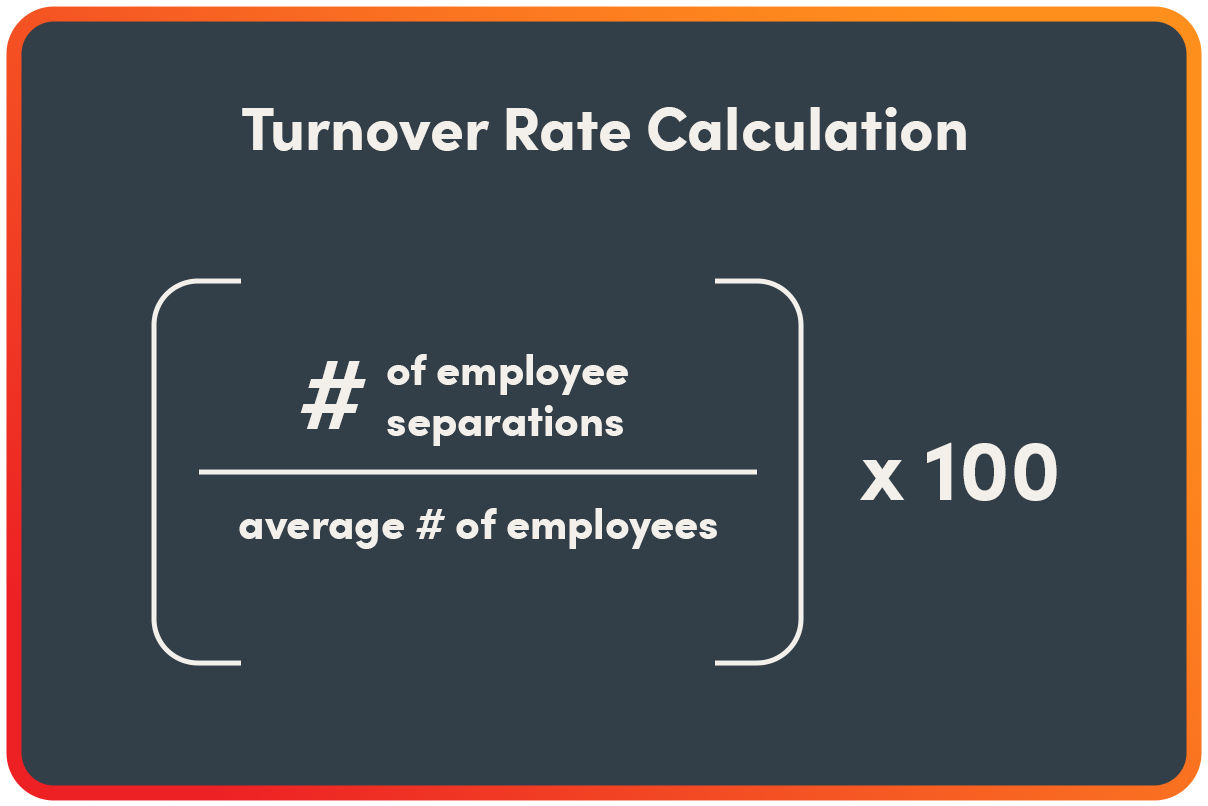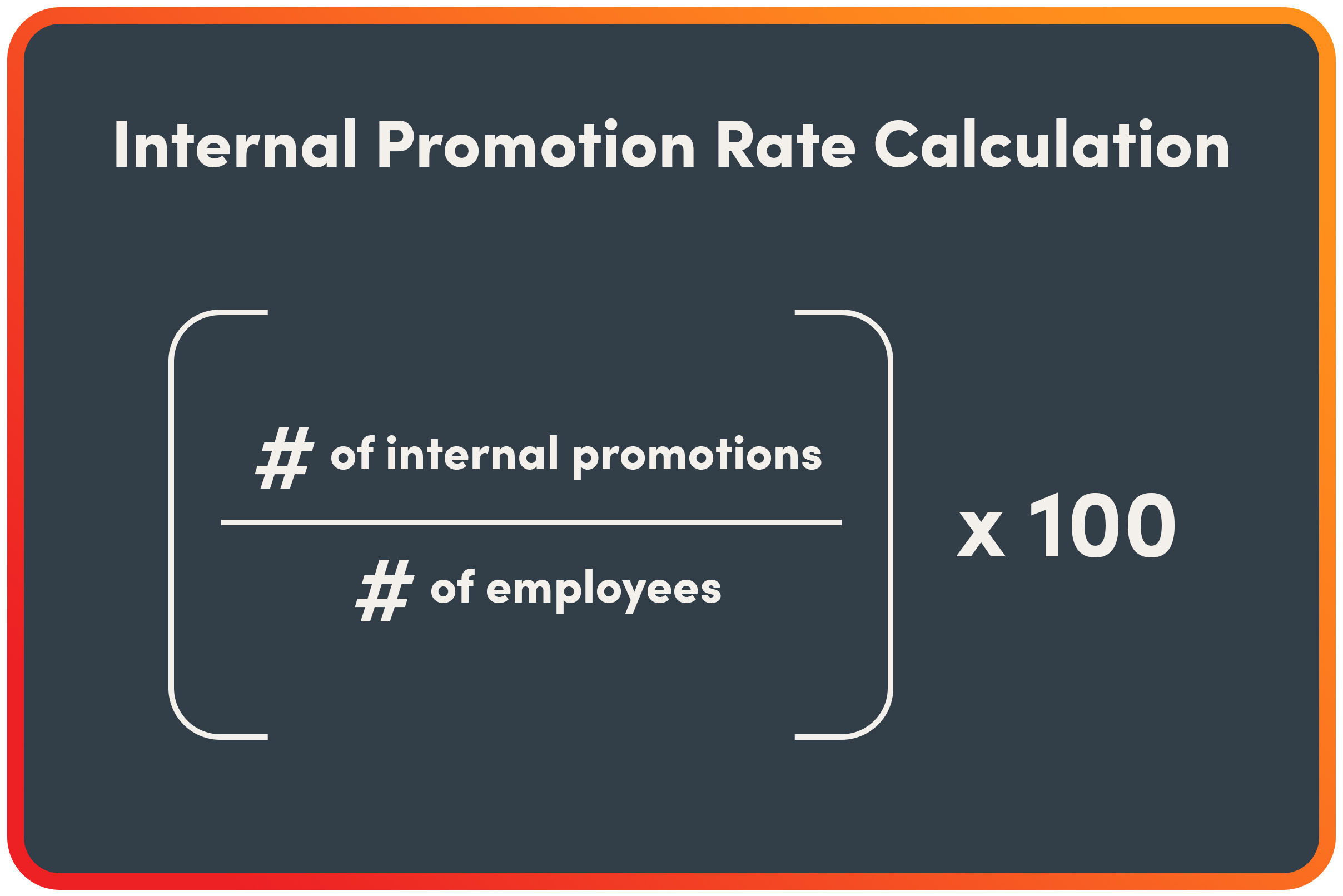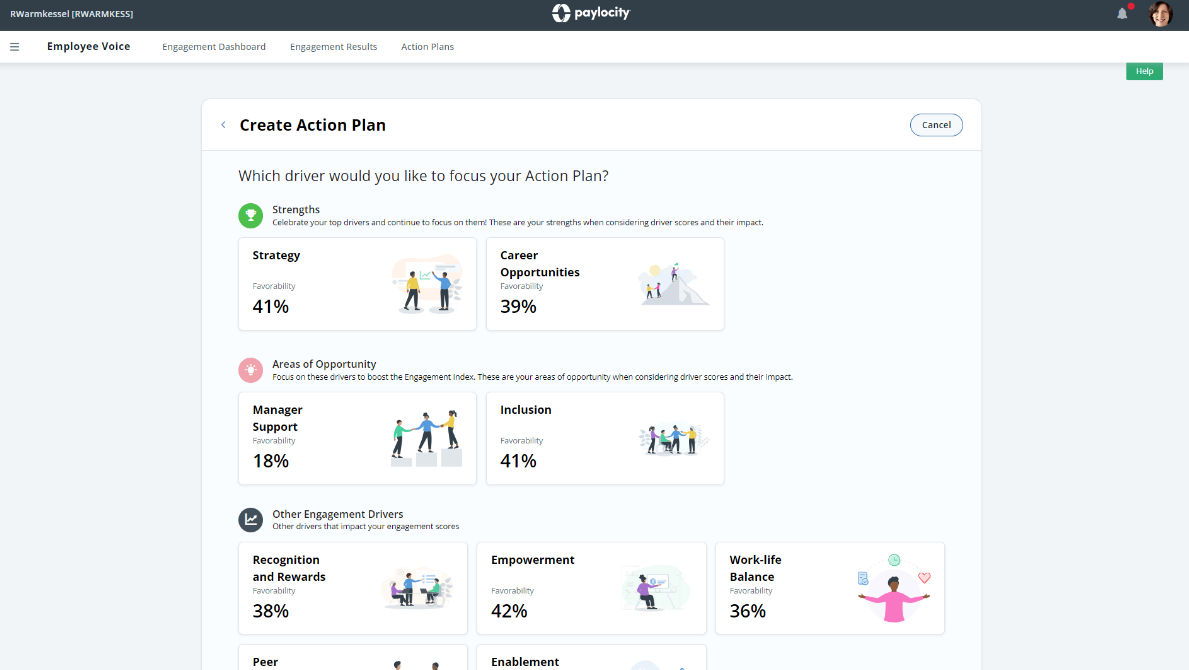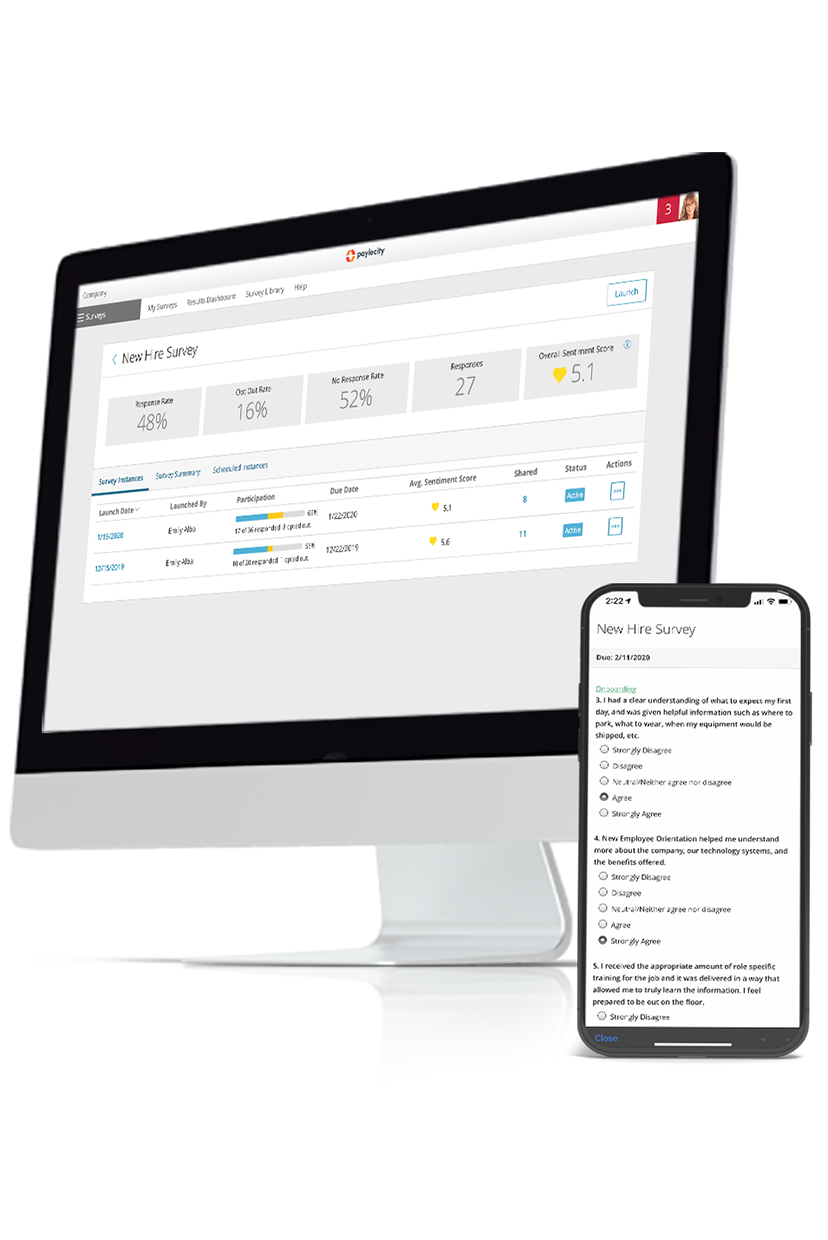4. Communicate Your Findings
Share the results transparently with employees, as this fosters trust and demonstrates a commitment to improvement. Communicate key findings, trends, and any action plans that'll be implemented.
5. Involve Your Employees
Get your employees involved in developing and implementing solutions. Ask them for their input, feedback, and suggestions to ensure that initiatives resonate with their needs and concerns.
6. Provide Resources and Support
Allocate necessary resources, whether financial, time, or personnel, to support the implementation of engagement initiatives. You must ensure your workforce has the tools and support needed for success.
7. Track Progress
You can generate the most scintillating insights and the most brilliant action plan, but if there’s no follow-through, it’s all for naught. Clearly communicate specific next steps to the necessary parties. Maintain accountability by tracking progress and holding regular engagement meetings, if need be.
8. Continuously Monitor and Adjust
Fact: fostering employee engagement is an ongoing process. You must continuously monitor engagement levels, gather feedback, and adjust strategies as the organization evolves.
Remember that adaptability is key to maintaining a positive workplace culture.
9. Repeat Surveys
Repeat engagement surveys on a regular cadence to assess progress and identify any new areas of concern. Continuous employee measurement ensures that the organization remains responsive to worker needs and evolving dynamics.
Leverage HR Technology to Measure Employee Engagement
Deciphering the enigma of employee engagement can feel like navigating a labyrinth of variables, metrics, and survey data.
Thankfully, Paylocity’s Employee Voice tool helps slice through complexity with agile feedback systems and sharp analytics.
Employee Voice enables HR leaders and managers to listen, analyze, and respond to employee ideas, feedback, and concerns. The tool keeps your finger on the pulse of employee engagement and retention with features like:
- Automatic and Scalable Employee Feedback. Based on key employee journey milestones, automatically send out best-practice pulse and engagement surveys.
- Robust Data Visualization. Leverage dashboards and heatmaps to better understand what bubbles up in feedback and filter for deeper insights.
- Generate Meaningful Insights. Employee Voice insights curate customizable best-practice action plans that can be tracked directly within the platform.
Want to learn more? Request a demo of Paylocity today!

